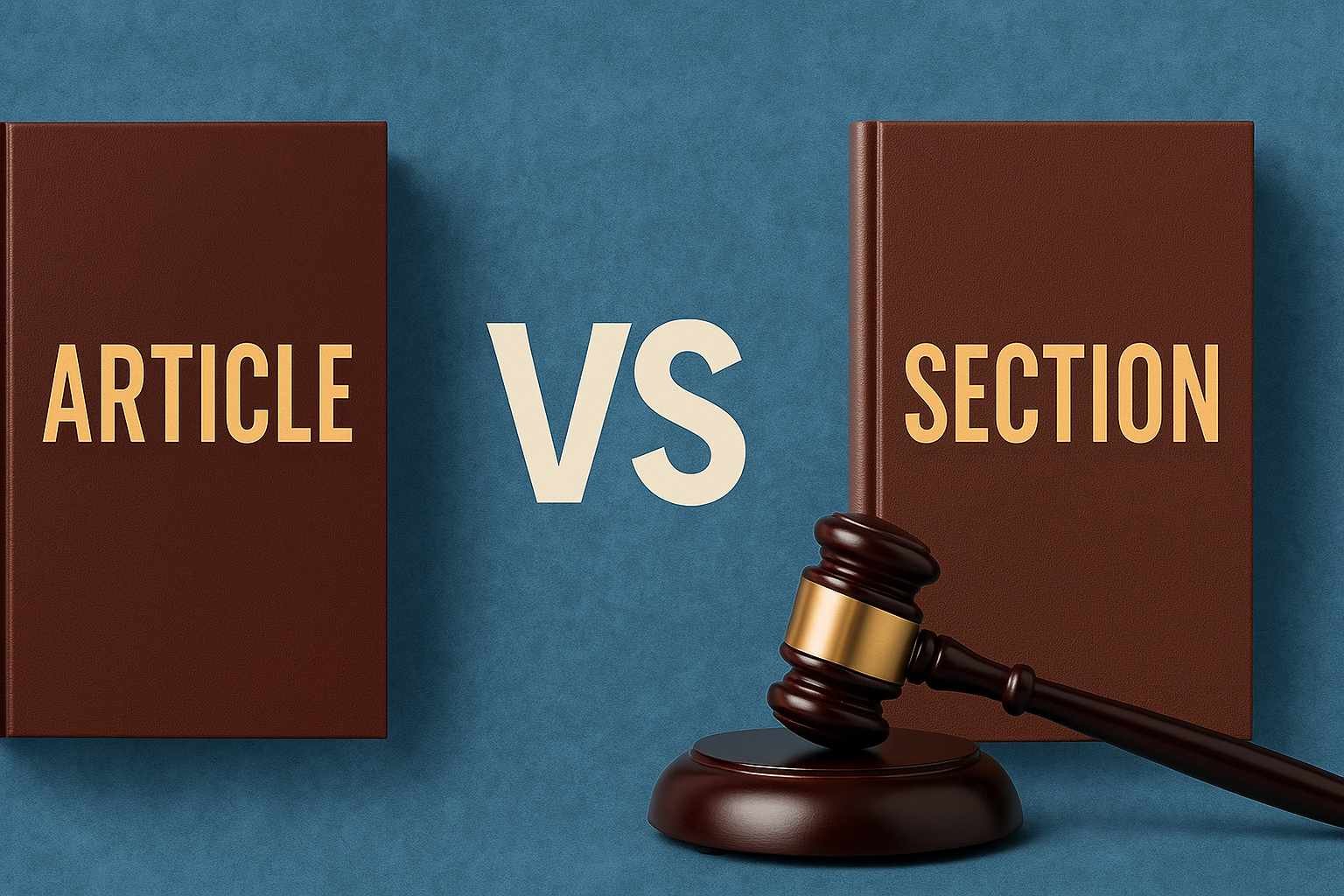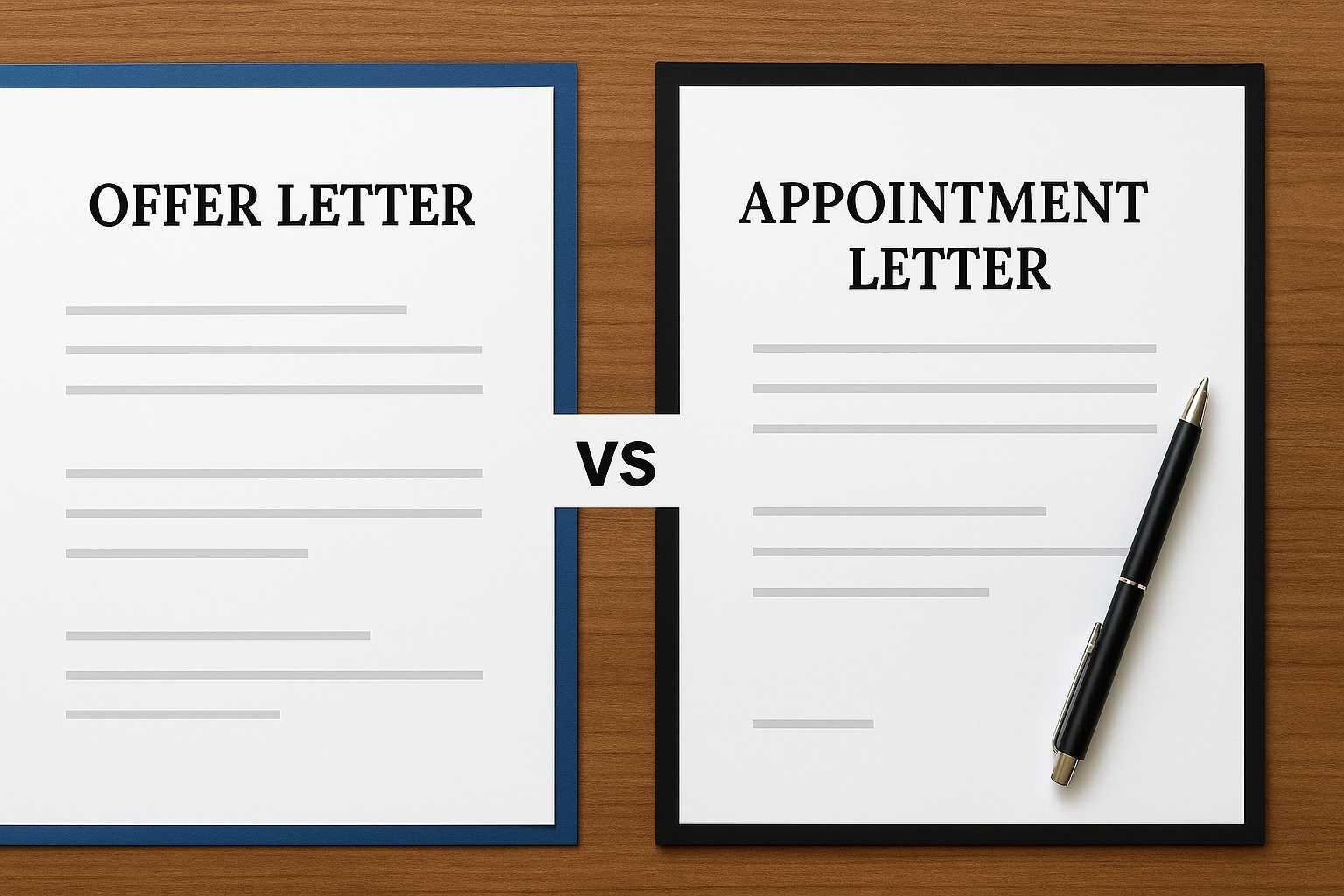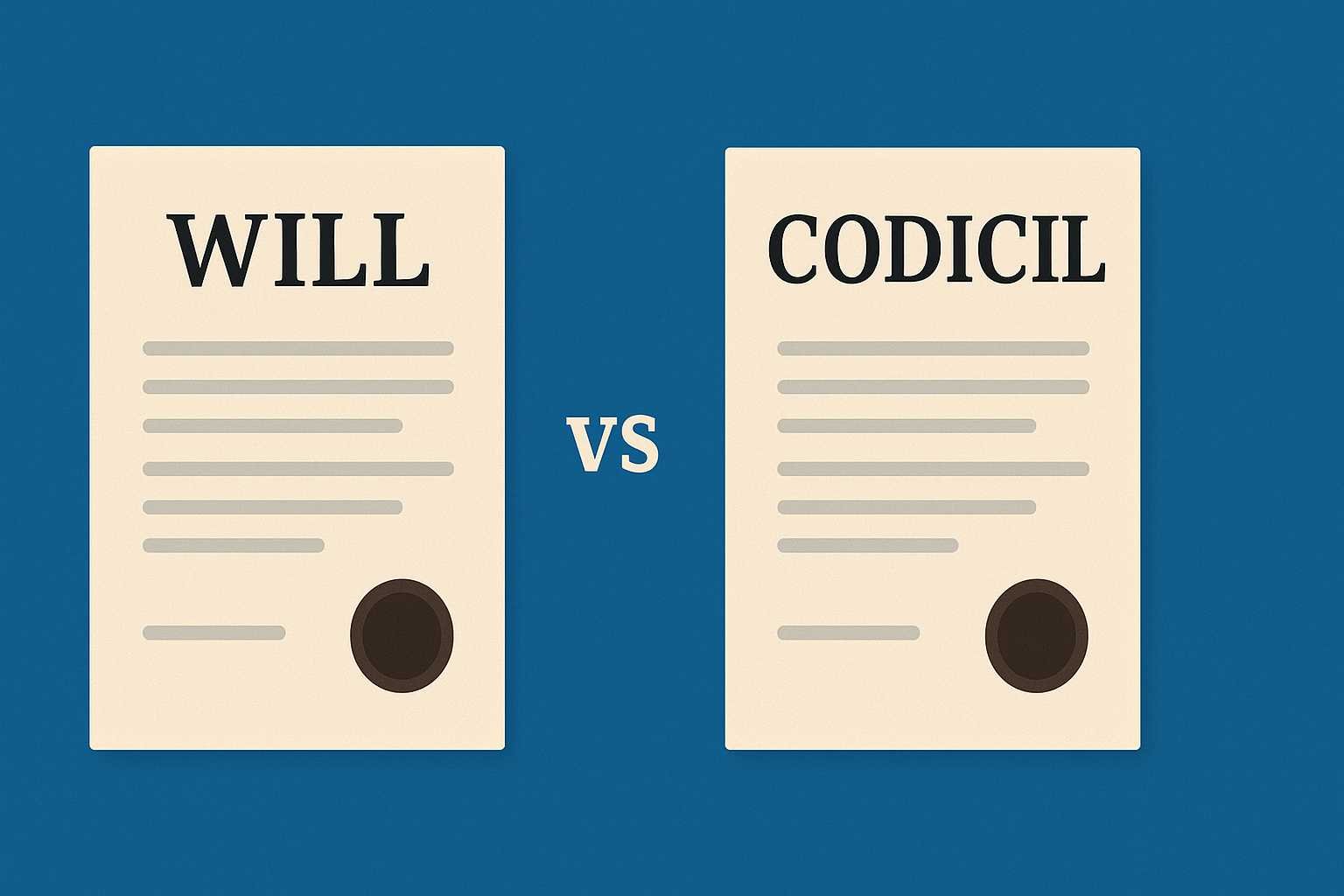On this page you will read detailed information about How to Change Your Business Name.
Changing the name of your business is a significant decision that can have a lasting impact on your brand and its success. Whether you’re looking to appeal to a new audience, reflect an expansion, or simply rebrand, it’s important to navigate the process of changing your business name correctly. In this comprehensive guide, we’ll explore the steps involved in changing your business name, including considerations for different business entities and legal requirements.
Reasons for Changing Your Business Name
There are several reasons why you may want to change your business name. Some common motivations include:
1. Rebranding: If your current name no longer accurately represents your brand or aligns with your business goals, a name change may be necessary to reposition your company in the market.
2. Expanding Audience: Changing your business name can help you appeal to a new audience or target a specific niche, allowing you to attract more customers and grow your business.
3. Mergers and Acquisitions: If your business has recently merged with or acquired another company, a name change might be necessary to reflect the new ownership and identity.
4. Negative Publicity: In some cases, negative publicity or a tarnished reputation may prompt a business to change its name in an effort to distance itself from past controversies.
5. Legal Considerations: If your current business name infringes on another company’s trademark rights or violates naming regulations, changing your name is necessary to avoid legal issues.
Can You Change the Name of Your Business?
Before diving into the process of changing your business name, it’s important to determine whether you have the ability to do so based on your business entity type. Let’s explore the options for different business entities:
Sole Proprietorships and General Partnerships
Sole proprietorships and general partnerships are not formally registered business structures, and the owners are considered the same legal entity as the business. In these cases, changing the business name is relatively simple. Here are the steps to follow:
- Cancel the Existing DBA: If you operate under a fictitious name, also known as a “Doing Business As” (DBA), you’ll need to cancel the existing DBA with the state. This involves contacting the government authority responsible for approving and registering fictitious names.
- File for a New DBA: Once the existing DBA is canceled, you can file for a new DBA with the state. This involves completing the necessary paperwork and paying any applicable fees.
- Update Business Licenses and Permits: Check with local governmental agencies to determine whether your existing business licenses and permits need to be updated to reflect the new DBA or if new ones need to be obtained.
- Notify Relevant Authorities: Inform the Internal Revenue Service (IRS) and any other relevant governmental organizations about the name change. Update customer service documents, sales and marketing materials, and any other assets that reflect the business name.
Limited Liability Companies (LLCs)
LLCs have two options for changing their business name. Let’s explore each option:
Option 1: File Articles of Amendment
- Research the New Name: Before proceeding with a name change, conduct a thorough search to ensure that the new name is not already in use. Check the state’s business entity database and the United States Patent and Trademark Office (USPTO) website to avoid any potential conflicts.
- Prepare Articles of Amendment: To change the name of your LLC, you’ll need to prepare and file Articles of Amendment with the state. This document officially notifies the state of your desire to change the legal name of your business. Pay any applicable fees and ensure that all information is accurate and complete.
- Update Business Bank Account and Licenses: Contact your bank to update the name on your existing business bank account or open a new account under the new name. Check with local government offices to determine whether your existing licenses and permits need to be updated or if new ones are required.
- Notify the IRS and Update Documents: Notify the IRS of the name change, and update all customer service documents, sales and marketing materials, and other assets to reflect the new name.
In the previous post, we had shared information about An Overview of Bankruptcy Law in the United States, so read that post also.
Option 2: Maintain the Original Name and File a DBA
- Consider the Pros and Cons: Evaluate whether it’s more advantageous to maintain the original name as the LLC’s legal name and file a DBA (fictitious or trade name) for the new name. This option may be suitable if the current name has a strong brand presence or if the LLC has trademarked the name.
- File a DBA: If you choose this option, file a DBA for the desired business name with the appropriate government agency. Update your business bank account, licenses, and permits accordingly.
- Update Documents and Branding: Create new customer service documents, sales and marketing materials, and other assets that reflect the new name. Update your company logo, website content, letterhead, and other branding elements.
Corporations
Corporations follow similar procedures to LLCs when changing their business name. Let’s explore the options:
Option 1: File Articles of Amendment
- Conduct a Name Search: Before proceeding with a name change, conduct a comprehensive search to ensure that the new name is not already in use. Check the state’s business entity database and the USPTO website to avoid any potential conflicts.
- Prepare Articles of Amendment: To change the name of your corporation, you’ll need to prepare and file Articles of Amendment with the state. Pay any applicable fees and ensure that all information is accurate and complete.
- Update Business Bank Account and Licenses: Contact your bank to update the name on your existing business bank account or open a new account under the new name. Check with local government offices to determine whether your existing licenses and permits need to be updated or if new ones are required.
- Notify the IRS and Update Documents: Notify the IRS of the name change, and update all customer service documents, sales and marketing materials, and other assets to reflect the new name.
Option 2: Maintain the Original Name and File a DBA
- Evaluate the Pros and Cons: Consider whether it’s more advantageous to maintain the original name as the corporation’s legal name and file a DBA for the new name. This option may be suitable if the current name has a strong brand presence or if the corporation has trademarked the name.
- File a DBA: If you choose this option, file a DBA for the desired business name with the appropriate government agency. Update your business bank account, licenses, and permits accordingly.
- Update Documents and Branding: Create new customer service documents, sales and marketing materials, and other assets that reflect the new name. Update your company logo, website content, letterhead, and other branding elements.
Additional Considerations for Changing Your Business Name
When changing your business name, there are a few additional considerations to keep in mind:
- Verify Name Availability: Before finalizing your new business name, make sure it is available and does not infringe on any trademarks. Use online databases, such as the Florida Division of Corporations’ database and the USPTO website, to conduct thorough searches.
- Notify Relevant Agencies: After changing your business name, inform all relevant agencies, including licensing and permitting authorities, local government offices, and the IRS. Update your records and licenses accordingly.
- Consider a New EIN: In some cases, changing your business name may require obtaining a new Employer Identification Number (EIN). Consult with the IRS to determine if a new EIN is necessary for your specific situation.
- Update Branding and Marketing Materials: Once the name change is official, update all branding and marketing materials to reflect the new name. This includes your company logo, website, letterhead, business cards, and any other customer-facing assets.
- Communicate with Customers: Provide a clear and concise explanation to your customers regarding the name change. This helps maintain their confidence in your business and informs them about the new brand identity.
Conclusion
Changing your business name is a significant decision that requires careful planning and execution. Whether you’re a sole proprietorship, partnership, LLC, or corporation, the process involves conducting thorough research, filing the necessary paperwork, updating licenses and permits, and communicating the change to relevant agencies and customers. By following the proper steps and considering the unique requirements of your business entity, you can successfully navigate the process of changing your business name and position your brand for future growth and success.
Remember, it’s always advisable to consult with an experienced attorney to ensure compliance with all legal requirements and to receive personalized guidance throughout the name change process.
Additional Information: It is important to consult with an attorney specializing in business law to ensure compliance with all legal requirements and receive personalized guidance throughout the name change process.
Disclaimer
The information and services on this website are not intended to and shall not be used as legal advice. You should consult a Legal Professional for any legal or solicited advice. While we have good faith and our own independent research to every information listed on the website and do our best to ensure that the data provided is accurate. However, we do not guarantee the information provided is accurate and make no representation or warranty of any kind, express or implied, regarding the accuracy, adequacy, validity, reliability, availability, or completeness of any information on the Site. UNDER NO CIRCUMSTANCES SHALL WE HAVE ANY LIABILITY TO YOU FOR ANY LOSS OR DAMAGE OF ANY KIND INCURRED AS A RESULT OR RELIANCE ON ANY INFORMATION PROVIDED ON THE SITE. YOUR USE OF THE SITE AND YOUR RELIANCE ON ANY INFORMATION ON THE SITE IS SOLELY AT YOUR OWN RISK. Comments on this website are the sole responsibility of their writers so the accuracy, completeness, veracity, honesty, factuality and politeness of comments are not guaranteed.
So friends, today we talked about How to Change Your Business Name , hope you liked our post.
If you liked the information about How to Change Your Business Name, then definitely share this article with your friends.








